Solar-powered farming increases yield
Tube wells running on green energy expanding fields of thirsty rice crops
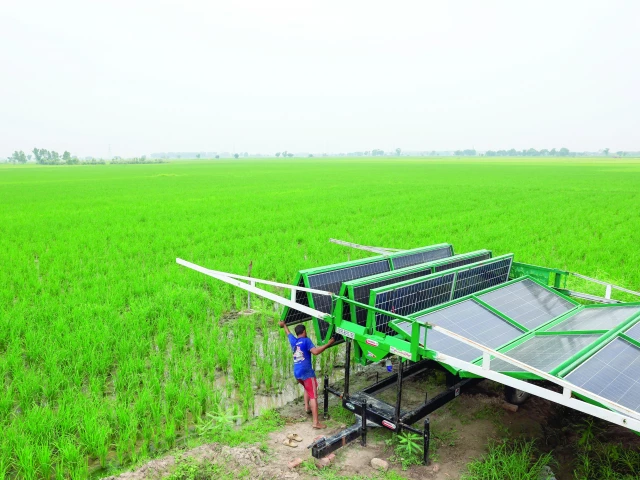
Karamat Ali's cows and buffalos once provided his multi-generational family with milk. But earlier this year, the 61-year-old sold about a dozen bovine — and spent the proceeds on a set of solar panels.
The rice farmer in Punjab now uses his panels to power a tube well, which is composed of a water well and a motorised groundwater pump. The device allows Ali to irrigate his crops with greater ease and frees him from depending on the erratic electricity grid and pricey diesel to power the pump.
"Water supply to my paddy feed is smoother than before," he said.
As Pakistan undergoes a solar revolution, farmers like Ali are increasingly ditching diesel and grid power for sun-powered tube wells, according to interviews with 10 growers, as well as government officials and analysts.
The solar boom has coincided with the rapid depletion of water tables in Pakistan's most populous province, according to previously unreported Punjab water authority documents viewed by Reuters. The documents did not pinpoint any cause.
Six of the farmers told Reuters that they had started irrigating their rice paddies far more regularly — including up to several times a day as part of a practice known as pulse irrigation — which would not have been possible without solar water pumps. Farmers are also choosing to grow more thirsty rice crops than in previous years, with the size of rice fields in Pakistan increasing 30% between 2023 and 2025, US Department of Agriculture data show. Meanwhile, the amount of land dedicated to growing less water-intensive maize fell 10%.
Details about the scale of Pakistani agriculture's transition to solar and its impact on groundwater are being reported for the first time.
The explosion in availability of cheap solar panels is posing a particular threat to water levels in the South Asian bread basket of Punjab.
The water table has shrunk below 60 feet — a level designated as critical by the provincial irrigation department — across 6.6% of Punjab as of 2024, according to maps published for internal use by water authorities and seen by Reuters. That marks an increase of some 25% between 2020 and 2024, while the deepest pockets — with water levels beyond 80 feet — more than doubled in size during the same period.
Panels and paddy
Pakistan, one of the world's most water-stressed nations, has found itself embroiled in conflicts over the resource with its upstream neighbour India, with whom it briefly fought in May.
But for many farmers in Punjab, the threat to the water table is a problem for tomorrow.
Growers have been battered by a years-long fall in the global price of wheat, Punjab's staple crop. Rural poverty in Pakistan spiked to a record high in May 2023 and remains elevated after an International Monetary Fund bailout that year that imposed higher energy tariffs and taxes.
The switch to solar has allowed 61-year-old Mohammad Naseem to save some Rs2 million — or more than quadruple Pakistan's gross domestic product per capita — in power costs since he bought his panels four years ago.
The ability to irrigate at will has increased production modestly by between 400 and 600 kg of rice each year, he said, though the quality of the crop yield has improved, allowing Naseem to obtain better prices.
"I wash it with water. I sleep near it," said Naseem, who prizes his panels so much that he dismantles them every evening and brings them home from the fields to prevent possible theft.
"Solar panels should be installed at all costs," said 38-year-old subsistence farmer Rai Abdul Ghafoor, who has been saving for a purchase. While poorer farmers like Ghafoor are still reliant on diesel and grid power, many agriculture-dependent villages have pooled sums to purchase the panels as communal property.
Haji Allah Rakha, an 80-year-old farmer who has 16 panels, shares them with two other families. "They contribute, and we all benefit," he said.
"Farmers share, rent and move panels like tractors," said Lahore-based solar-panel merchant Shahab Qureshi. "They sell land, jewellery, or take loans just to get it. Within five to six months, your return on investment is fulfilled."
Raise the groundwater
Federal and provincial officials have started to pay more attention to the slow-boiling crisis, especially after India suspended its participation in an accord governing the sharing of water from the critical Indus river system earlier this year.
Punjab began aquifer-recharge pilots, which aim to slow depletion and ensure stable groundwater supply, at more than 40 sites before India's April move, though officials said such projects have grown in importance since.
"This is our small effort to return the due share to the aquifer," said Adnan Hassan, a researcher for Punjab's irrigation department. "If polluted water is injected (due to over-extraction), the next generation will suffer."





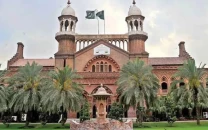



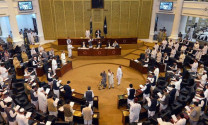
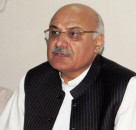
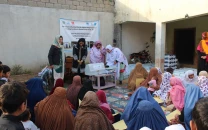
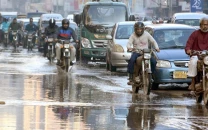

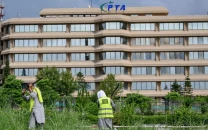










COMMENTS
Comments are moderated and generally will be posted if they are on-topic and not abusive.
For more information, please see our Comments FAQ